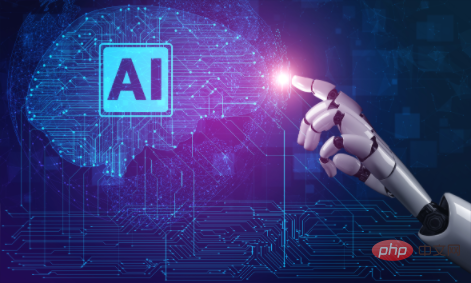

In a world where artificial intelligence (AI), robots and automation are increasingly integrated into the workplace, It’s natural to be curious about the future of employment. The impact of these technologies on the job market is already being felt and is likely to intensify in the coming years. This article explores how artificial intelligence, robotics and automation are changing the employment landscape.
Artificial intelligence, robots and automation are not new concepts. However, recent technological advances have accelerated their development and made them more accessible. For example, artificial intelligence is becoming increasingly sophisticated, capable of performing tasks that previously required human intelligence, such as language translation, image recognition, and decision-making. At the same time, robotics and automation are transforming manufacturing into healthcare, replacing human workers with machines that can perform tasks faster, more accurately, and at lower cost.
The increasing use of artificial intelligence, robotics and automation has had a significant impact on the job market. While these technologies are creating new jobs, they are also replacing existing ones. According to a report by the World Economic Forum, by 2025, workers displaced by automation may reach 85 million jobs in large and medium-sized enterprises in 15 major economies.
However, it’s not all bad news. The same report also indicates that artificial intelligence, robotics and automation will create 97 million new jobs during the same period. The challenge is to ensure that displaced workers have the skills needed to fill these new jobs.
The rise of artificial intelligence, robots and automation is also changing the nature of work. Many of the tasks that machines are taking over are repetitive and require little creativity. This has led to a shift in the types of work, with an increasing emphasis on roles requiring creativity, problem-solving and emotional intelligence.
This shift is likely to have far-reaching consequences for education and training. The skills in demand are changing rapidly, and it is increasingly important for workers to be able to adapt and learn new skills quickly.
The impact of artificial intelligence, robotics and automation on employment is a complex issue that requires multi-faceted solutions. Governments, businesses and individuals all have a role to play in ensuring the transition to the new era of work is as smooth as possible.
One of the key challenges is ensuring workers have the skills needed to fill the new roles that are being created. This will require investments in education and training, as well as new policies to incentivize workers to develop skills and transition to new roles.
Another challenge is ensuring that the benefits of these new technologies are shared equitably. Artificial intelligence, robotics and automation have the potential to increase productivity and reduce costs, but they also have the potential to increase inequality. It is important to develop policies to ensure benefits are distributed equitably and workers are not left behind.
Artificial Intelligence, Robotics, and Automation have many benefits that can increase productivity and efficiency in the workplace. These technologies can complete repetitive tasks faster and more accurately than humans, allowing companies to save time and money. They can also help businesses process and analyze large amounts of data, allowing them to make informed decisions quickly.
In addition to improving productivity, artificial intelligence, robotics and automation can also improve workplace safety. These technologies can perform dangerous tasks that are too risky for human workers. They also reduce the risk of human error, minimize accidents and improve workplace safety.
The integration of artificial intelligence, robotics, and automation in the workplace isn’t slowing down anytime soon. It is predicted that as many as 800 million jobs may be lost to automation by 2030. However, as demand for workers increases in areas such as data analysis and programming, a shift toward more technical jobs is also expected.
Additionally, as workplace automation increases, soft skills such as creativity, critical thinking, and problem solving become increasingly important. These skills are difficult to automate and are likely to be in high demand in the future.
The rise of artificial intelligence, robotics and automation is changing the employment landscape. While these technologies are creating new opportunities, they are also displacing existing jobs. The challenge is to ensure that displaced workers have the skills needed to fill the new roles that are being created.
The above is the detailed content of How are artificial intelligence, robots and automation changing the employment landscape?. For more information, please follow other related articles on the PHP Chinese website!




